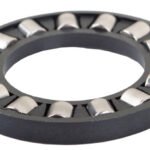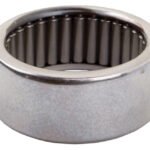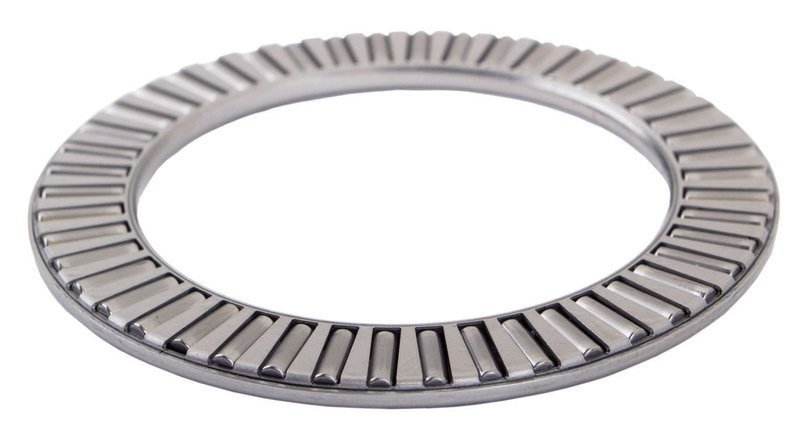
THRUST WASHER
February 20, 2024
NEEDLE BEARING, REVERSE GEAR
February 20, 2024
Description
- Axial Load Capacity: Thrust bearings are engineered to handle axial loads, allowing them to withstand forces applied along the axis of rotation.
- Directional Load Handling: They can support loads in one direction (unidirectional) or both directions (bidirectional), depending on the design and configuration.
- Types of Thrust Bearings: Common types include ball thrust bearings, roller thrust bearings, tapered roller thrust bearings, and spherical roller thrust bearings, each with its unique design and load-carrying capabilities.
- Low Friction: Thrust bearings are designed to minimize friction between mating surfaces, ensuring smooth operation and efficient energy transfer.
- Materials: They are typically made from materials such as steel, bronze, or ceramic, chosen for their strength, durability, and ability to withstand heavy loads and vibrations.
- Precision Design: High-quality thrust bearings are manufactured with precision tolerances to ensure accurate alignment and minimal clearance between mating surfaces.
- Lubrication: Proper lubrication is essential for the smooth operation and longevity of thrust bearings. Lubricants such as oil or grease help reduce friction and dissipate heat generated during operation.
- Sealing: Some thrust bearings come with seals or shields to protect against contamination by dirt, dust, water, and other debris, extending their lifespan and reliability.
- Temperature Resistance: They may be designed to withstand high temperatures encountered in certain applications, ensuring stable performance under extreme conditions.
- Applications: Thrust bearings find applications in various industries, including automotive, aerospace, industrial, and marine, where they support axial loads and facilitate smooth operation of rotating machinery and equipment.




